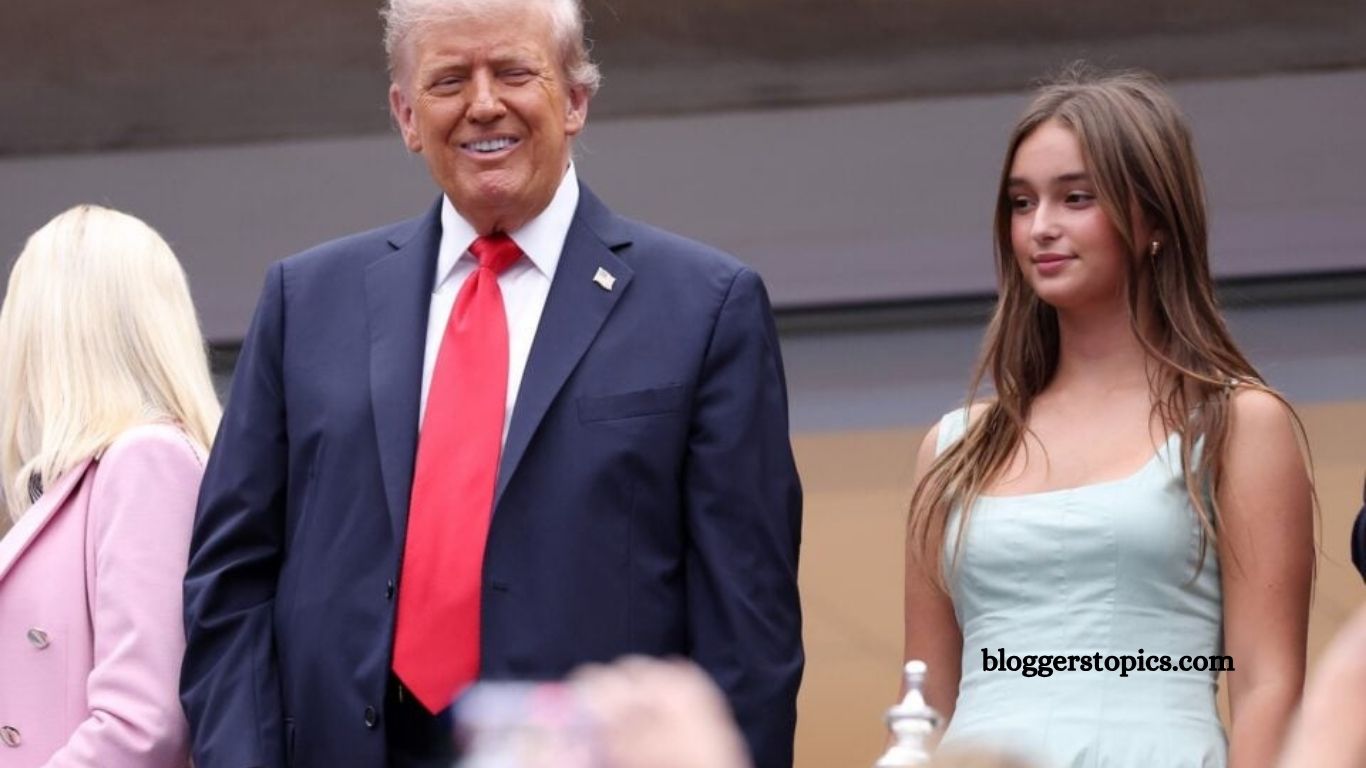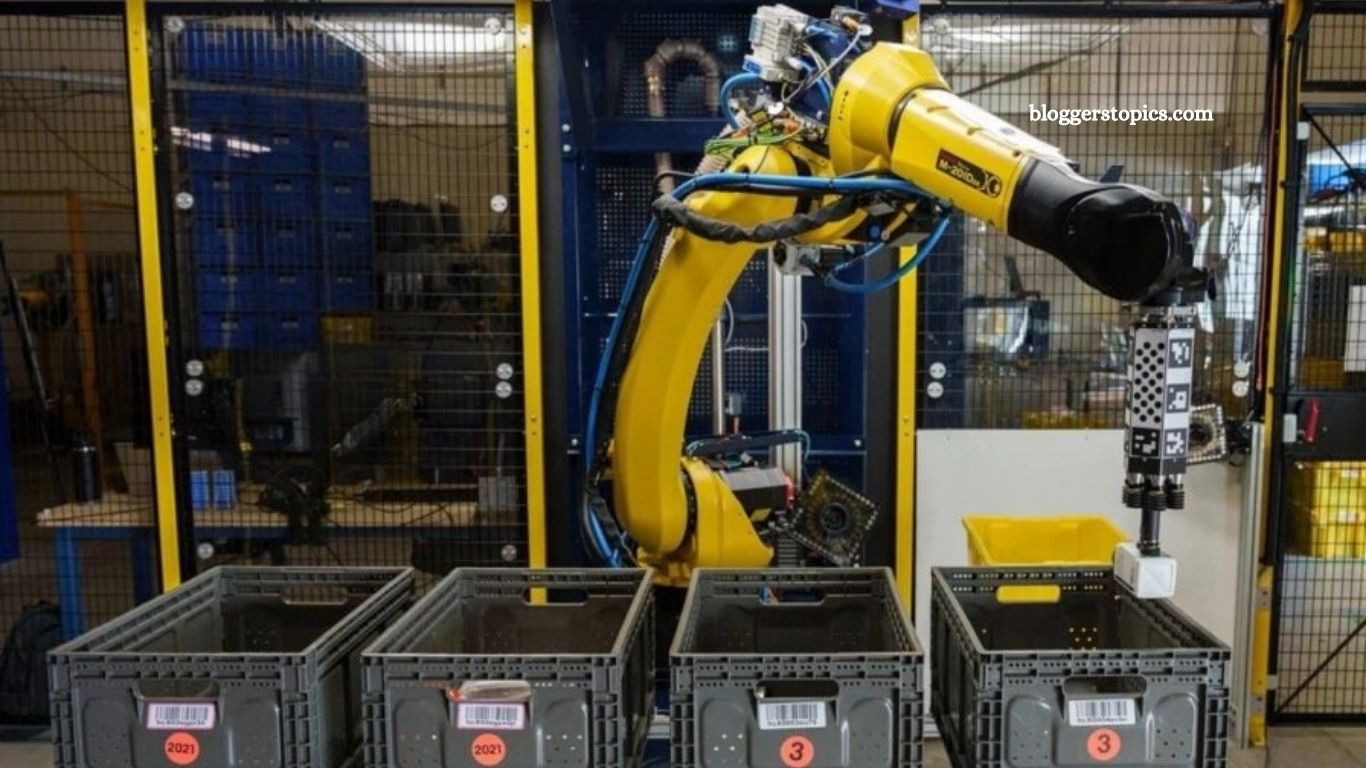Video generation models are changing the way we create and interact with digital media. These models allow users to generate videos from text prompts or existing data using advanced AI techniques such as transformers, diffusion models, autoencoders, and variational autoencoders. Audio-visual language models like Qwen2.5-vl-7b-sft provide state-of-the-art results for generating videos with consistent depth, temporal attention, and spatiotemporal video representations.
Developers, researchers, and content creators are using video generation models for many tasks, including video conversation models, video depth estimation, and accelerated video generation. These models rely on large-scale training data, visual encoders, and reinforcement learning to produce high-quality videos. With platforms like GitHub, developers can access official repositories, scripts, JSON files, and detailed instructions to train, evaluate, and deploy models.
This guide explains how video generation models work, their training, evaluation, repositories, and tools. It also covers prompt engineering, inference, and performance optimization to help creators and developers use these models effectively.
Understanding Video Generation Models
Video generation models are AI systems that generate video content automatically using machine learning techniques. These models can take a text prompt or an input video and generate a new video sequence. Key technologies include:
● Transformers: Models that use attention mechanisms to capture temporal and spatial dependencies in video sequences.
● Diffusion Models: Models that progressively refine noisy video data into realistic frames.
● Autoencoders & Variational Autoencoders: Encode video data into compact representations and decode them into output videos.
● Audio-Visual Language Models: Combine text, audio, and video information to generate meaningful video outputs.
For example, the Qwen2.5-vl-7b-sft model is a cutting-edge audio-visual language model capable of generating high-quality video with spatiotemporal representations. It uses reinforcement learning to improve results, reinforcing video coherence and meaningful conversation across frames.
Video generation models are widely used in animation, film production, virtual reality, AI research, and content creation. They enable users to save time and resources by producing realistic video content without manual recording.
Training Video Generation Models
Training is a critical step in building video generation models. It involves using large-scale video datasets, GPU resources, and optimized training scripts.
● Training Data: Video generation models rely on large and diverse datasets. The data includes videos, audio tracks, depth information, and annotations for spatiotemporal representations. Proper training data ensures the model learns to generate consistent and high-quality videos.
● Training Loss: During training, models optimize a loss function that measures the difference between generated and real videos. Minimizing training loss improves video quality.
● Reinforcement Learning: Some models use reinforcement learning to improve video generation. The system receives feedback on output quality and adjusts parameters to generate better results.
● Parameters & GPUs: Models have millions or billions of parameters. Using multiple GPUs accelerates training and allows large-scale models to process complex video data efficiently.
● Checkpoints & Versions: During training, developers save checkpoints and different model versions. This allows evaluation, comparison, and continuation of training.
Proper training ensures the model can perform video generation tasks such as text-to-video, video depth estimation, and video conversation models effectively.
Prompt Engineering for Video Generation
Prompt engineering is a key factor for generating meaningful and high-quality videos. Users provide text prompts or instructions that guide the model. The effectiveness of prompts determines how accurate and realistic the generated video will be.
● Text Prompts: Clear and descriptive text prompts help the model understand the desired video scene, actions, and objects.
● Prompt Extensions: Some systems allow extended prompts with additional qualifiers, like video depth, temporal consistency, or audio-visual context.
● Evaluation: After generating videos, prompts can be adjusted to refine the results. Feedback loops help improve subsequent generations.
By using proper prompt engineering, developers can generate complex videos, maintain consistent depth, and ensure that temporal attentions are applied correctly across frames.
Inference and Video Generation
Inference is the process of generating videos from a trained model. It involves using the model on new input data or prompts to produce output videos.
● Video Generation: Models take a prompt or input video and generate a sequence of frames.
● Spatiotemporal Representation: Models use visual encoders and temporal attention to maintain spatial and temporal consistency across frames.
● Accelerated Video Generation: Optimizations like FP8 kernels and GPU acceleration improve performance and reduce inference time.
● Generated Video: The output video can be saved, evaluated, or used as input for further processing.
Inference allows creators to produce videos without retraining models, enabling faster production and experimentation.
Evaluation and Feedback
Evaluating video generation models is essential for quality assurance. Feedback loops help refine models and improve results.
● Evaluation Metrics: Metrics include visual fidelity, temporal consistency, audio-visual alignment, and depth accuracy.
● Feedback: Developers and users provide feedback on generated videos. This feedback can be used in reinforcement learning or fine-tuning.
● Dataset Validation: Models are evaluated on separate datasets to ensure generalization and robustness.
Proper evaluation ensures that video generation models produce reliable, high-quality results for practical applications.
Repositories, Scripts, and Tools
Open-source repositories play a crucial role in the development and deployment of video generation models.
● Official Repository: Developers can access official GitHub repositories with scripts, JSON files, and detailed instructions for training and inference.
● Pull Requests & Contributions: Open-source contributions help improve models, fix issues, and add new features.
● Packages and Versions: Repositories often provide prebuilt packages, versions, and installation instructions, including AppImage, Python scripts, and Windows installers.
● Folders and Navigation: Proper organization of repository folders helps manage datasets, checkpoints, scripts, and outputs efficiently.
Tools like ComfyUI and Local Gradio provide graphical interfaces for experimenting with video generation models without writing extensive code. These platforms make AI accessible to developers and creators with varying expertise.
Applications of Video Generation Models
Video generation models have many applications in industry, research, and content creation:
1. Entertainment: AI-generated movies, animations, and short videos reduce production time and cost.
2. Virtual Reality and Simulation: Generating immersive video environments for training, gaming, and simulation.
3. Education: Producing video content for online learning platforms.
4. Marketing and Advertising: Creating promotional videos and ads automatically.
5. Research: Studying spatiotemporal video representations, reinforcement learning, and AI-driven storytelling.
These applications rely on high-quality datasets, training data, and well-engineered models to produce professional-grade videos.
Tools for Developers
Developers can use various tools and platforms for video generation:
● Github Repositories: Access code, scripts, checkpoints, and JSON files for training and inference.
● ComfyUI: Provides a graphical interface for experimenting with AI models.
● Local Gradio: Enables running video generation models locally with simple input prompts.
● Python Scripts: Automates training, evaluation, and inference pipelines.
● Packages and Libraries: Prebuilt packages and libraries accelerate development and deployment.
These tools make it easier for developers to train models, generate videos, and evaluate results without extensive infrastructure.
● Computational Resources: Training large-scale video models needs multiple GPUs and high-performance hardware.
● Copyright and Licensing: Using proprietary datasets or content requires proper licensing and compliance.
Addressing these challenges ensures that video generation models produce reliable and realistic results.
Future of Video Generation Models
The future of video generation is promising. AI models will become faster, more efficient, and capable of generating longer and higher-resolution videos.
● Advanced Transformers: New architectures will improve temporal attention and video coherence.
● Improved Diffusion Models: Faster convergence and higher-quality output.
● Reinforcement Learning: Better feedback mechanisms for consistent video quality.
● Integration with VR and AR: AI-generated videos will enhance virtual and augmented reality experiences.
● Open-Source Collaboration: Repositories, pull requests, and contributions will accelerate model development.
Developers and creators who leverage these advancements will lead in AI-generated video content and applications.
Conclusion
Video generation models are transforming digital content creation. With technologies like transformers, diffusion models, autoencoders, and audio-visual language models, creators can produce high-quality videos efficiently. Models like Qwen2.5-vl-7b-sft provide state-of-the-art video generation with consistent depth, spatiotemporal representation, and temporal attention.
Training these models requires large-scale datasets, GPUs, reinforcement learning, and optimized scripts. Proper prompt engineering, inference, and evaluation ensure realistic video outputs. Open-source repositories, tools like ComfyUI and Local Gradio, and platforms like GitHub allow developers to access scripts, JSON files, and instructions for training and deployment.
Applications range from entertainment and virtual reality to education and marketing. Challenges include data requirements, computational resources, and temporal consistency. The future of video generation models is bright, with faster architectures, better diffusion models, and stronger reinforcement learning techniques.





